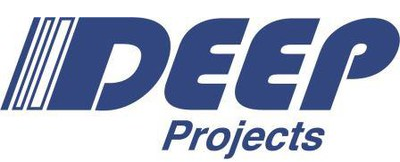

Enhancing Oil Exploration
Full Waveform Inversion is a technique that allows to probe the physical properties of a subsurface area with high spatial resolution using seismic data.
The precise determination of such properties and their geometrical location are paramount for reducing the risks associated with finding hydrocarbon reservoirs.
However, the computational resources needed (several terabytes of disk, hundreds of gigabytes of memory) and computing power are orders of magnitude away from anything provided by current HPC platforms: a single execution (parallel most of the time) in such platforms can last several months. The underlying reason is that the whole processing system can be seen as an optimisation loop whose variable are the frequencies being probed. In this first loop there are three different phases: the simulation of the propagation for the source and receivers, and the error minimisation.
Whilst in the first phase at every certain number of time steps the whole dataset must be written-down to a disk, in the second phase this must be recovered to perform a correlation. Finally, in the first phase an error minimisation algorithm is run to reduce the difference between the simulation results and the reality measures. Because of the size of the datasets involved, in order to avoid performing the writes to the local disk a massive amount of memory would be needed locally in each computational resource.
Hence, for this application we will
- exploit the computing power provided by the DEEP-ER Booster Nodes
- test the functionality of its I/O system – capable to handle a massive load locally
- leverage fast access to the shared resources.

